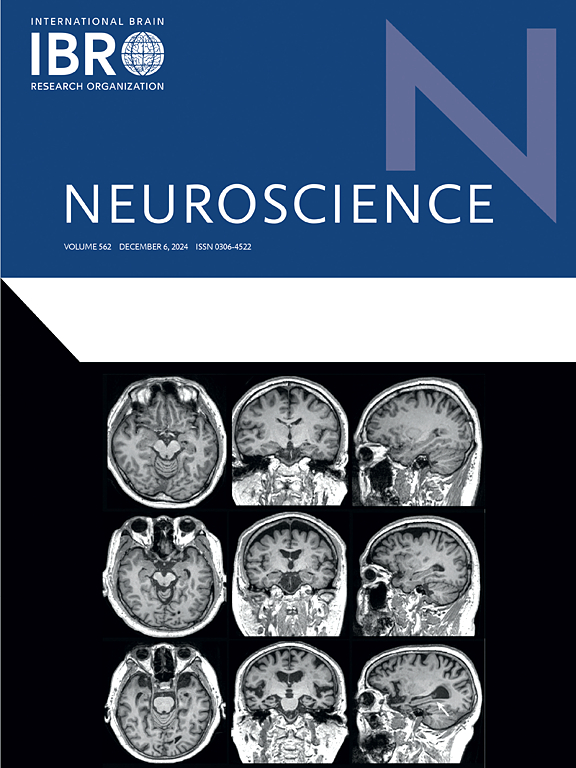社交网络与痴呆之间的关系:观察性研究的系统回顾
IF 2.9
3区 医学
Q2 NEUROSCIENCES
引用次数: 0
摘要
不良的社交网络(SN)与认知障碍和痴呆的发展有关。我们的目的是对SN与痴呆发病率、疾病病理、认知水平和脑结构之间的关联证据进行系统回顾。书目数据库(PubMed, Embase, Cochrane Library, CINAHL)和其他来源(Open Gray,谷歌Scholar,手动搜索)被筛选到2024年11月30日。评估sn -痴呆联系的观察性研究被选择,数据提取和偏倚评估由两位作者通过PRISMA检查表和纽卡斯尔-渥太华量表独立进行。我们纳入了17项观察性研究(最初筛选的355项),涉及20,678名年龄在40-90岁之间的参与者,发表于2000年至2024年。研究使用了各种SN评估工具和认知测量,包括MMSE和MoCA。不良SN始终与痴呆、认知能力下降和严重疾病病理(尤其是阿尔茨海默病(AD))的风险增加相关。更大、更整合的社交网络与更好的认知弹性和更低的从轻度认知障碍(MCI)到痴呆的转换率有关。一项关于额颞叶痴呆(FTD)的研究表明,SN可能减轻皮质萎缩。SN的大小和密度也与有利的脑结构变化相关,如灰质体积增大。本综述强调SN是痴呆风险的一个可改变因素。然而,它在非阿尔茨海默病痴呆,特别是FTD中的作用需要进一步研究。未来的研究应包括更多的文化多样性和方法稳健的研究。随机对照试验将是重要的,以确定干预是否扩大社会网络减少痴呆的进展发生率。本文章由计算机程序翻译,如有差异,请以英文原文为准。
Association between social networking and dementia: A systematic review of observational studies
Poor social networking (SN) is associated with the development of cognitive impairment and dementia. Our objective was to perform a systematic review of the evidence on the associations between SN and the incidence of dementia, disease pathology, level of cognition, and brain structure. Bibliographic databases (PubMed, Embase, Cochrane Library, CINAHL) and additional sources (Open Gray, Google Scholar, manual searches) were screened through November 30, 2024. Observational studies assessing the SN-dementia link were selected, with data extraction and bias evaluation performed independently by two authors via the PRISMA checklist and Newcastle-Ottawa Scale. We included 17 observational studies (355 initially screened), involving 20,678 participants aged 40–90 years, published between 2000 and 2024. Studies have utilized various SN assessment tools and cognitive measures, including the MMSE and MoCA. Poor SN was consistently associated with increased risks of dementia, cognitive decline, and severe disease pathology, particularly Alzheimer’s disease (AD). Larger and more integrated SNs were linked to better cognitive resilience and lower conversion rates from mild cognitive impairment (MCI) to dementia. One study on frontotemporal dementia (FTD) indicated that the SN might mitigate cortical atrophy. SN size and density are also correlated with favorable structural brain changes, such as greater gray matter volume. This review highlights SN as a modifiable factor in dementia risk. However, its role in non-AD dementia, particularly FTD, requires further investigation. Future research should include more culturally diverse and methodologically robust studies. Randomized controlled trials will be important to determine whether intervention to expand social networks decreases incidence of progression of dementia.
求助全文
通过发布文献求助,成功后即可免费获取论文全文。
去求助
来源期刊

Neuroscience
医学-神经科学
CiteScore
6.20
自引率
0.00%
发文量
394
审稿时长
52 days
期刊介绍:
Neuroscience publishes papers describing the results of original research on any aspect of the scientific study of the nervous system. Any paper, however short, will be considered for publication provided that it reports significant, new and carefully confirmed findings with full experimental details.
 求助内容:
求助内容: 应助结果提醒方式:
应助结果提醒方式:


